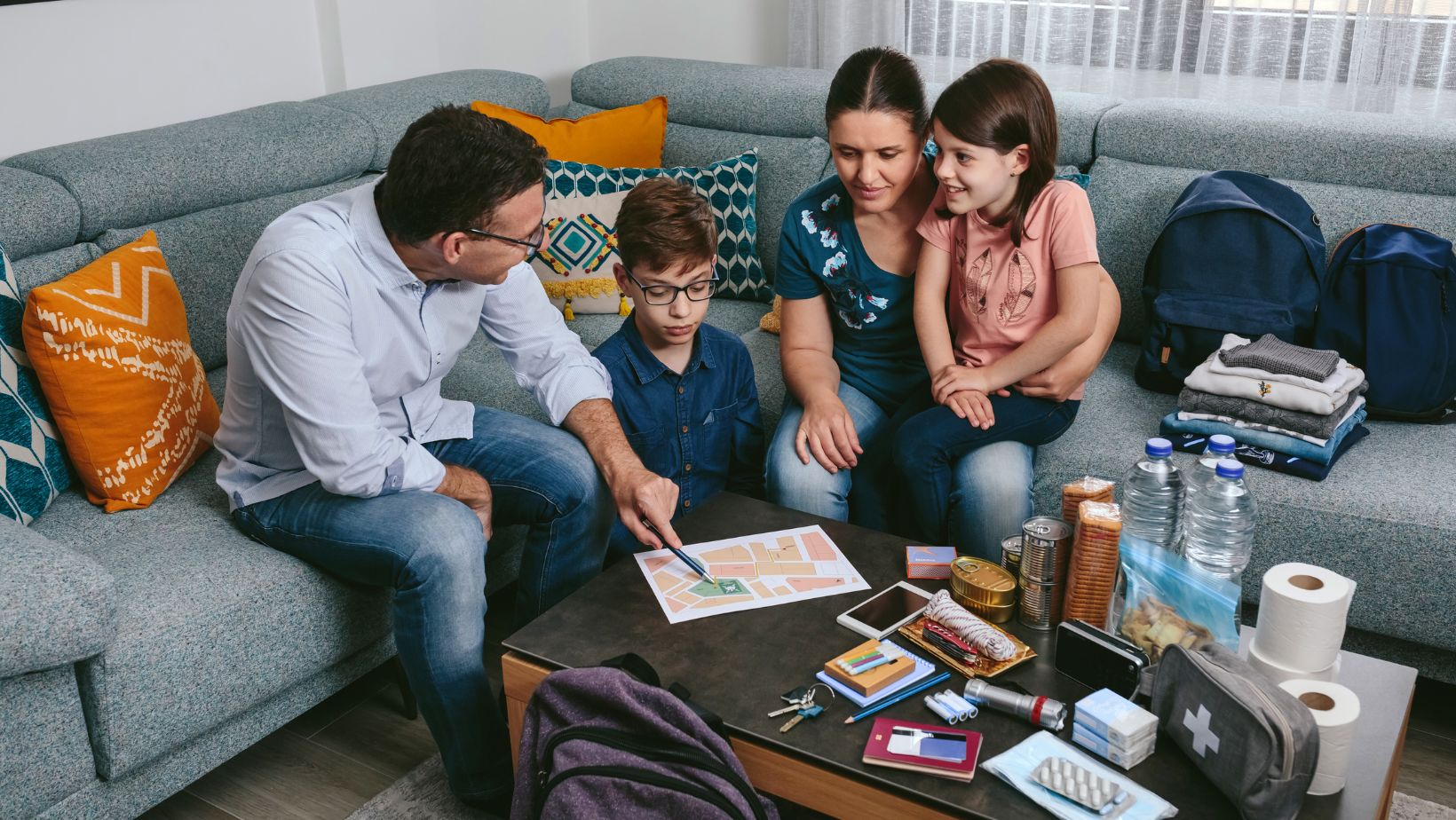You might think your home is fully prepared for an emergency. Smoke alarms in place? Check. First-aid kit in the cabinet? Got it. But what if you’re overlooking critical blind spots—areas of vulnerability that quietly reduce your home’s ability to protect you in a real crisis?
Many homeowners assume that basic tools like fire extinguishers or emergency contact lists are enough. But in reality, readiness requires more than just good intentions. From automatic fire detection systems to overlooked maintenance habits, real safety comes down to layers—some of which most people don’t even consider until it’s too late.
Below are key areas where homes often fall short, and what you can do now to avoid panic and chaos later.
The Illusion of “Enough” Preparation
Most people prepare for emergencies the way they prepare for rain—by grabbing an umbrella after it starts pouring. It’s common to overestimate how equipped your home is, especially if you’ve never experienced a serious threat like a fire, power outage, or natural disaster.
You may have fire alarms, but when’s the last time you tested the batteries? You might know where your emergency torch is, but will you be able to find it in total darkness during a blackout?
Effective emergency planning isn’t about having the right tools—it’s about having the right systems in place, regularly checked, and easily accessed.
Exit Routes Are Useless If You Can’t Reach Them
It’s one thing to have multiple exit points in your house. It’s another to be able to use them quickly under pressure.
Blocked back doors, stuck window locks, or heavy furniture placed near hallways can easily become life-threatening obstacles in the middle of a fire or earthquake. Worse still, many homes only have one realistic exit route—putting everyone inside at greater risk.
What you can do:
- Walk through your home and identify clear, unblocked paths out of every major room
- Keep keys near deadbolted doors (but out of reach of windows)
- Ensure windows are functional and easy to open from the inside
Power Outages Are More Than Just Inconvenient
While losing power may seem like a mild frustration—no lights, no microwave—it can become dangerous very quickly.
Without electricity, your refrigerator stops working, electric garage doors won’t open without manual override, and medical equipment (if anyone in your household depends on it) becomes useless. Backup power options like battery banks or small generators aren’t just nice-to-haves—they’re often forgotten necessities.
And it’s not just about power during a crisis. It’s about what happens after—such as during severe heat or freezing conditions when heating and cooling systems are down.
Tips to consider:
- Keep battery-operated lighting and radios on hand
- Learn how to manually override electric garage or security systems
- Store extra water, canned goods, and pet food
Emergency Kits That Actually Work
Many so-called “emergency kits” are thrown together after a quick Google search and then shoved into the back of a closet for years. The truth? Most people’s kits are either understocked or outdated.
The most helpful emergency kit includes:
- Flashlights and batteries (preferably LED)
- A whistle, to signal for help
- First-aid supplies, including antiseptics and bandages
- Copies of key documents (in waterproof bags)
- Backup chargers or power banks
- Prescription medication (rotated regularly)
- Bottled water and snacks with a long shelf life
Once you’ve put together your kit, revisit it every six months to swap out expired items or upgrade tools as your family’s needs change.
Fire Risks Are Often Hiding in Plain Sight
Even with alarms and extinguishers in place, homes can still be dangerously unprepared for fire emergencies. The average household accumulates more flammable clutter than it realises—old electronics, worn extension cords, dusty heating units, and overloaded power strips.
Candle use, kitchen fires, and unattended appliances are still some of the most common causes of house fires—yet many people treat them casually. And while smoke alarms are critical, they’re only one part of a robust fire safety plan.
What you can do:
- Avoid overloading electrical outlets or power boards
- Don’t leave cooking unattended—even briefly
- Keep flammable objects away from heaters
- Have extinguishers in the kitchen and garage—and know how to use them
Don’t Overlook Emotional Readiness
Emergency preparedness isn’t just about physical tools. It’s also about your mental and emotional ability to act under pressure.
Do your family members know where to go if they’re separated? Could someone calmly guide others out of the house? Panic is the enemy of action, and clear planning is the antidote.
To increase household confidence:
- Hold a brief family emergency meeting every few months
- Walk through “what-if” scenarios without being alarmist
- Create a shared document or hard-copy checklist everyone can access
Readiness Is a Practice—Not a Project
Preparing your home for an emergency isn’t something you check off once and forget. It’s something that evolves with time, seasons, and family dynamics.
 You don’t need to install expensive security systems or turn your house into a fortress. But you do need to build awareness—of what’s missing, what’s outdated, and what could make all the difference in a real crisis.
You don’t need to install expensive security systems or turn your house into a fortress. But you do need to build awareness—of what’s missing, what’s outdated, and what could make all the difference in a real crisis.
Even the smallest changes—like moving a flashlight to the hallway or updating your family meeting spot—can create a safer, calmer outcome when it matters most.

